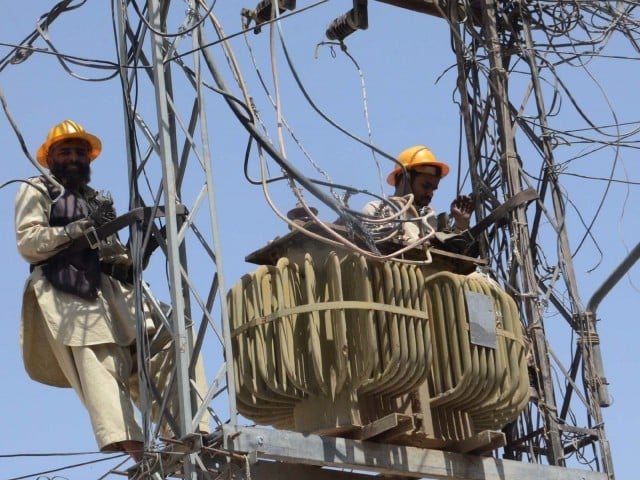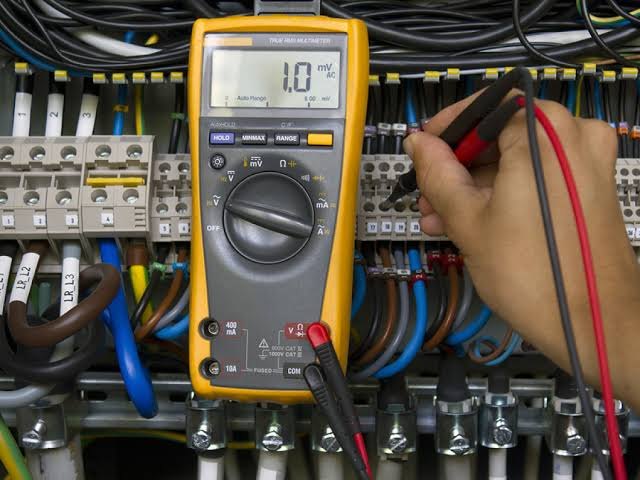Weather, with its capricious nature, has a profound impact on various aspects of our lives. From influencing our daily activities to shaping larger infrastructural systems, its effects are far-reaching and often underestimated. One critical area where weather plays a significant role is in the realm of electrical systems and wiring. The intricate network of cables and circuits that power our homes, offices, and industries is vulnerable to the elements in ways that may not always be apparent. In this article, we delve into the nuanced relationship between weather and electrical infrastructure, exploring the challenges posed and the measures needed to mitigate risks.
Understanding the Vulnerabilities
Electrical systems are designed to withstand a certain degree of environmental stress, but they are by no means impervious to the whims of weather. Extreme temperatures, moisture, wind, and other atmospheric conditions can all take their toll on wiring, transformers, and other components. For instance, intense heat can cause cables to expand and sag, increasing the risk of short circuits and fires. Conversely, frigid temperatures can make wires brittle and prone to cracking, while moisture can lead to corrosion and insulation breakdown.
Impact of Temperature Fluctuations
One of the most significant factors influencing electrical systems is temperature fluctuations. During heatwaves, the demand for electricity surges as air conditioners and cooling systems work overtime to maintain comfortable indoor temperatures. This increased load can strain power grids and transformers, leading to blackouts and brownouts. Moreover, the heat itself can degrade the performance of electrical equipment, reducing efficiency and lifespan.
Conversely, cold snaps can also wreak havoc on electrical systems. In regions prone to freezing temperatures, ice buildup on power lines and substations can cause wires to snap and poles to collapse under the weight. Additionally, freezing temperatures can cause water inside conduits and equipment to expand, leading to ruptures and leaks.
The Role of Moisture and Humidity
Moisture, whether in the form of rain, snow, or humidity, poses another significant challenge to electrical infrastructure. Water intrusion into electrical enclosures can cause short circuits and equipment failure, while high humidity levels can accelerate corrosion and degrade insulation. In coastal areas, saltwater corrosion is a particular concern, as it can eat away at metal components and compromise safety. If you would like more information regarding hiring an electric contractor, please take a moment to visit their page to learn more.
Wind and Storm Damage
Severe weather events, such as hurricanes, tornadoes, and thunderstorms, can cause widespread damage to electrical systems. High winds can topple utility poles and transmission towers, bringing down power lines and disrupting service for days or even weeks. Lightning strikes pose another risk, as they can cause power surges and damage sensitive electronics. In areas prone to hurricanes, undergrounding power lines and implementing robust storm hardening measures are essential for resilience.

Mitigation Strategies
While the impact of weather on electrical systems cannot be entirely eliminated, there are several strategies that utilities and homeowners can employ to mitigate risks. Regular maintenance and inspection of equipment are crucial for identifying and addressing potential issues before they escalate. Installing surge protectors and voltage regulators can help safeguard sensitive electronics from power fluctuations caused by lightning and other transient events. Moreover, investing in weather-resistant materials and designs can enhance the resilience of electrical infrastructure against the elements.
Conclusion
In conclusion, the impact of weather on electrical systems and wiring is a multifaceted issue that requires careful attention and proactive measures. By understanding the vulnerabilities inherent in electrical infrastructure and implementing appropriate mitigation strategies, we can minimize the risks posed by extreme weather events and ensure the reliability and safety of our power supply. As we continue to grapple with the effects of climate change, building resilient electrical systems will be more critical than ever in weathering the storms that lie ahead.


